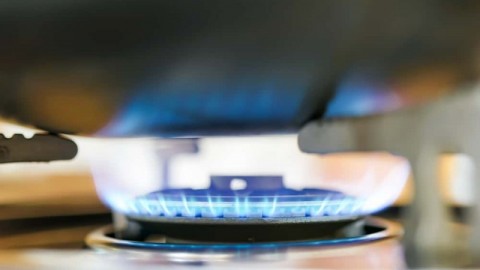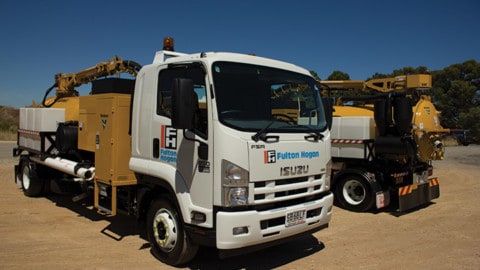SA Water’s network has been heavily influenced by climate, with longer periods of hotter and drier weather, as well as erratic changes between seasons, contributing to the number of water mains breaks and leaks in 2018.
In Adelaide particularly, the most common reason for water main breaks is reactive clay soils moving during the transition from hot and dry seasons to wet and cool.
There were 3940 main breaks and leaks recorded in 2018*, which is a 19.7 per cent increase on the previous year, but lower than what was experienced in both 2016 and 2015.
SA Water’s Senior Manager of Asset Management, Peter Seltsikas, said there is a seasonal cycle of water main incidents, which has followed roughly the same pattern since records began in 1992.
“When changes in temperature and the amount of rainfall aren’t as gradual – as was the case last year – we tend to see increases in main breaks,” Mr Seltsikas said.
“While our clay soils provide an extra challenge in managing the water network, last year’s long periods of dry followed by abrupt rain events was not something experienced in South Australia alone. Some water utilities along the eastern seaboard were also dealing with an increased number of water main breaks as a result of these weather conditions.
“Conversely, in our state in 2017, there were milder transitions between seasons, which resulted in more stable levels of moisture in the soils, and therefore fewer main breaks.”
Professor of Geotechnical Engineering with the University of Adelaide, Mark Jaksa, said the variation of water main breaks between each year is testament of the strong relationship between the weather and underground pipes.
“The ground, as you can imagine, is a natural beast and it can be quite complex, so that makes prediction of what it will do to a water network particularly challenging,” Mr Jaksa said.
“With the seasons, the reality is that the ground is variable from one location to another and we get uneven amounts of swelling and shrinkage, and that puts particular stress on the pipe network.
“The state’s arid climate also causes Adelaide’s soils to dry out and wet far deeper than any other urban area in the country.”
Despite these environmental challenges, SA Water continues to maintain a long-term downward trend in the number of water main breaks. It’s also making positive steps towards the important objective of minimising the interruption and inconvenience of water main incidents on customers and the wider community.
“This includes adopting smart technology, which has helped prevent around 30 main breaks in the Adelaide CBD, since it went live in July 2017. More recently, we’ve also invested in the roll-out of our smart water network to an additional four targeted locations across the state,” Mr Seltsikassaid.
“Integrating better suited pipe materials into our network, the continued use of our Community Support team when breaks and leaks do occur, and our ongoing water main replacement program are some of the other ways we’re working to improve the performance of our water network.
“In 2018, we installed around 82km of new water main across South Australia, including under several key arterial roads in Adelaide.”
*Figures for 2018 are for water main breaks and leaks up to 31 December 2018, based on the information available to SA Water at this time.













